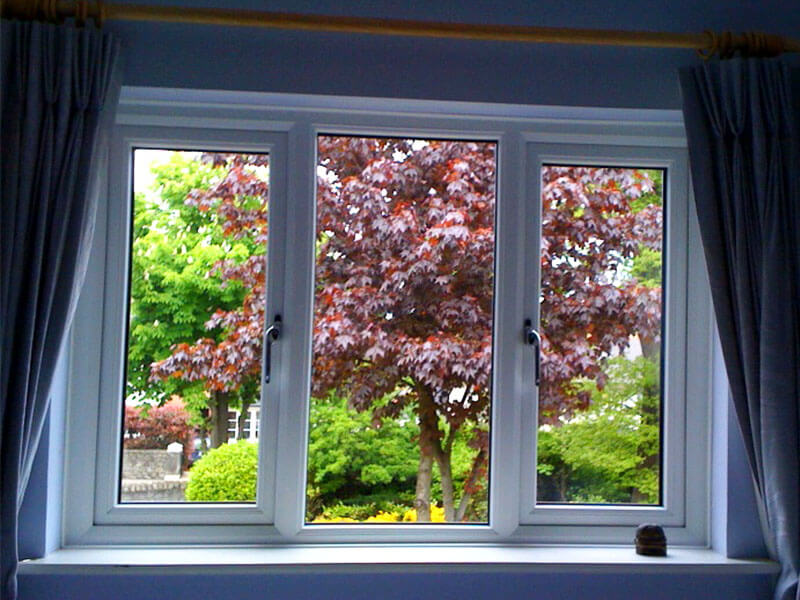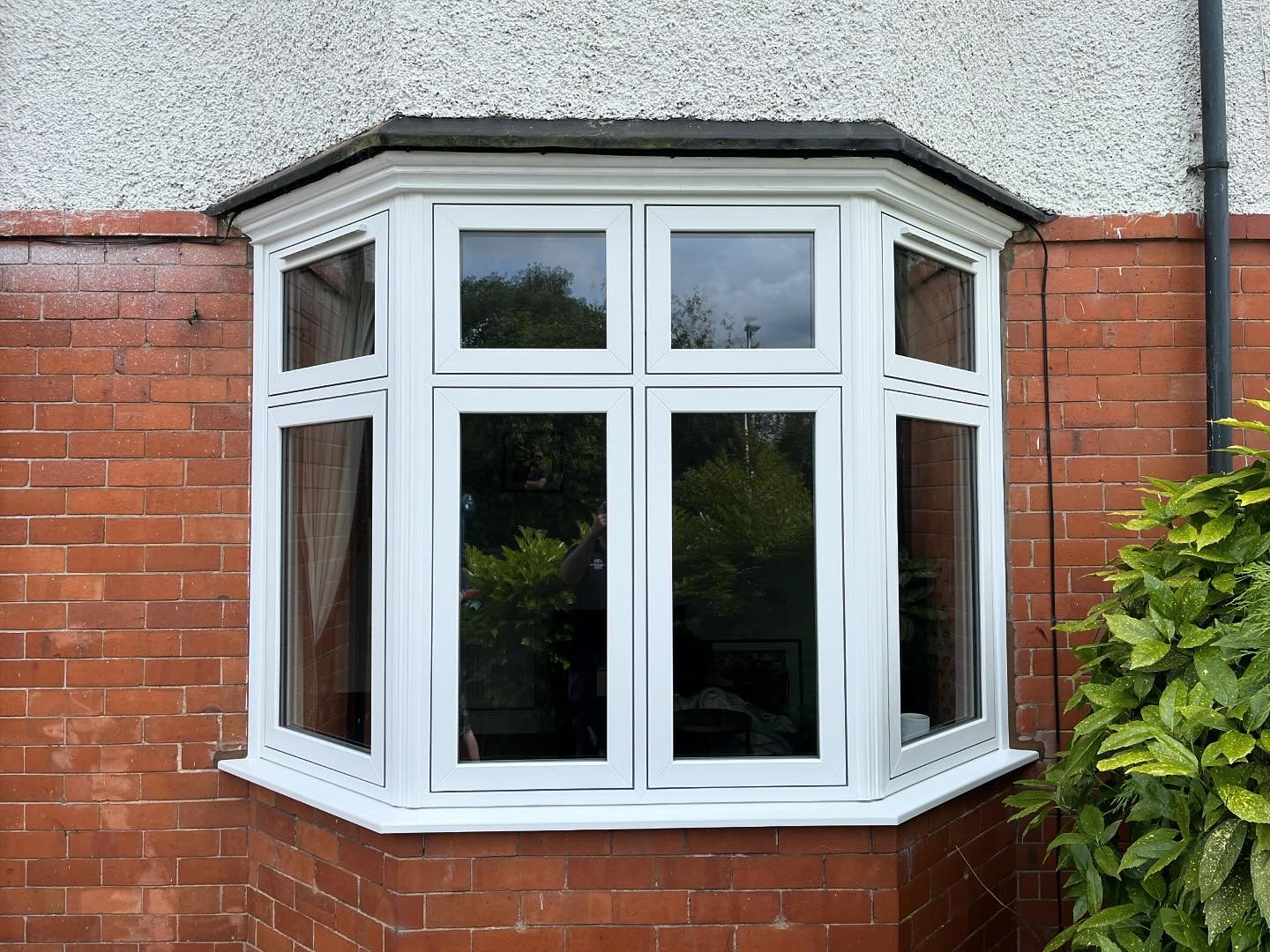In recent years, the demand for energy-efficient homes has surged, prompting significant advancements in double glazing technology. Traditional double glazing has long been a standard in energy-efficient windows, consisting of two panes of glass separated by a spacer filled with air or gas to reduce heat transfer. However, recent innovations have taken double glazing to new heights, enhancing its thermal performance, sound insulation, and overall functionality. This article explores the demonstrable advances in double glazing technology, focusing on the latest materials, designs, and energy efficiency improvements.

1. Enhanced Insulation with Vacuum Glazing
One of the most groundbreaking advancements in double glazing is the development of vacuum glazing. Unlike traditional double glazing, which relies on a gas-filled spacer, vacuum glazing utilizes a vacuum between the panes of glass. This vacuum significantly reduces heat transfer, achieving thermal insulation levels that were previously unattainable. Vacuum glazing can offer U-values as low as 0.3 W/m²K, which is substantially lower than standard double glazing. This technology not only improves energy efficiency but also allows for thinner frames and lighter units, making it an excellent choice for modern architectural designs.
2. Triple Glazing: A Step Beyond
While double glazing has been the standard for many years, triple glazing has emerged as a superior alternative for extreme climates. By adding a third pane of glass, triple glazing provides even greater insulation and soundproofing capabilities. The air or gas-filled spaces between the panes can be optimized for thermal performance, often utilizing argon or krypton gas for better insulation. Although triple glazing is generally more expensive than double glazing, the long-term energy savings and comfort benefits can make it a worthwhile investment for homeowners in colder regions.
3. Low-Emissivity (Low-E) Coatings
Another significant advancement in double glazing technology is the application of low-emissivity (Low-E) coatings on the glass surfaces. These coatings are designed to reflect heat back into the room during winter while allowing sunlight to enter, thus maximizing natural light without compromising thermal efficiency. Low-E coatings can significantly reduce energy costs by minimizing heat loss and reducing the need for heating systems. This technology is particularly beneficial in climates with extreme temperature fluctuations, as it helps maintain a comfortable indoor environment year-round.
4. Smart Glass Technology
The advent of smart glass technology has revolutionized the way double glazing can be utilized in residential and commercial buildings. Smart glass, or switchable glass, can change its transparency in response to external stimuli, such as temperature, light, or electrical currents. This technology allows homeowners to control the amount of natural light entering their homes while maintaining privacy and energy efficiency. For instance, electrochromic glass can darken when exposed to sunlight, reducing the need for air conditioning during hot summer months. This innovative approach to double glazing not only enhances comfort but also contributes to energy savings.
5. Argon and Krypton Gas Fill
The use of argon and krypton gas fills in double glazing has become increasingly popular due to their superior insulating properties compared to regular air. These inert gases are denser than air, reducing heat transfer through conduction. The combination of low-emissivity coatings and gas fills can result in U-values as low as 0.1 W/m²K, making double glazing even more efficient. This advancement is particularly beneficial for energy-conscious homeowners looking to reduce their carbon footprint while enhancing their home’s comfort.
6. Improved Spacer Bars
The spacer bars used in double glazing units play a crucial role in their overall performance. Recent advancements have led to the development of warm edge spacer bars, which are designed to minimize thermal bridging. Traditional aluminum spacers can create cold spots around the edges of windows, leading to condensation and heat loss. Warm edge spacers, made from materials like silicone or foam, help to maintain a more consistent temperature across the entire window surface, improving energy efficiency and reducing the risk of condensation.
7. Acoustic Insulation
As urban areas become more densely populated, noise pollution has become a significant concern for homeowners. Recent advancements in double glazing technology have focused on enhancing acoustic insulation. By using thicker glass panes, specialized interlayers, and optimized spacer designs, modern double glazing can effectively reduce external noise levels. This improvement is particularly beneficial for homes located near busy roads, airports, or other noisy environments, allowing residents to enjoy a quieter and more peaceful living space.
8. Sustainable Manufacturing Practices
In addition to technological advancements, the double glazing industry has also made strides in adopting sustainable manufacturing practices. Manufacturers are increasingly focusing on reducing waste, using recyclable materials, and minimizing the carbon footprint of their production processes. For example, many companies are now using recycled glass and sustainable materials for spacer bars and frames. This commitment to sustainability not only benefits the environment but also appeals to eco-conscious consumers looking to make responsible choices for their homes.

9. Aesthetic Enhancements
Modern double glazing technology has also prioritized aesthetics, allowing homeowners to enjoy the benefits of energy efficiency without sacrificing style. With advancements in frame materials and designs, double glazing units can now be customized to fit various architectural styles, from traditional to contemporary. Homeowners can choose from a range of colors, finishes, and frame styles, ensuring that their windows complement the overall design of their homes.
Conclusion
The advancements in double glazing technology have transformed the way homeowners approach energy efficiency, comfort, and aesthetics. From vacuum glazing and smart glass to low-emissivity coatings and sustainable manufacturing practices, the innovations in this field are making homes more comfortable, quieter, and environmentally friendly. As the demand for energy-efficient solutions continues to grow, it is clear that double glazing will remain at the forefront of modern building technology, providing homeowners with an effective means of enhancing their living spaces while reducing energy consumption. Investing in the latest double glazing advancements not only improves the quality of life for residents but also contributes to a more sustainable future for all.








